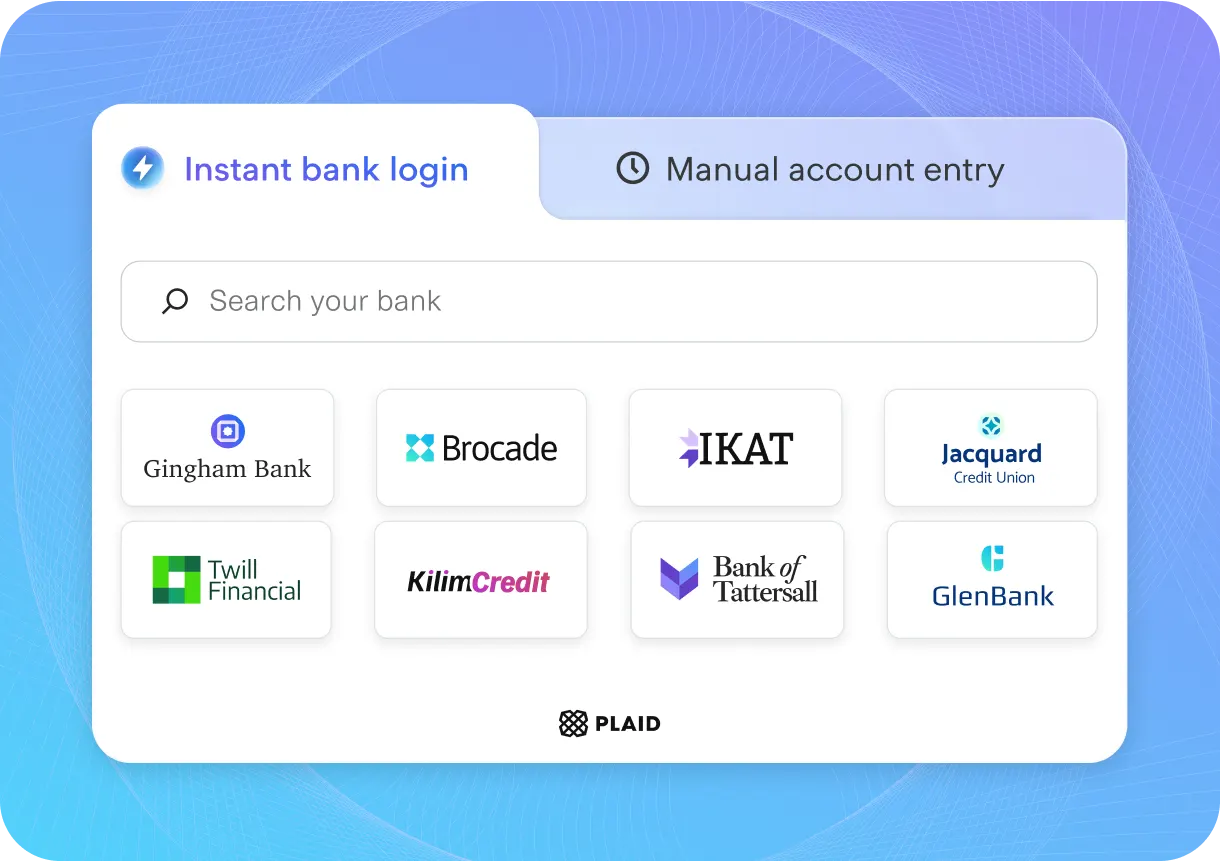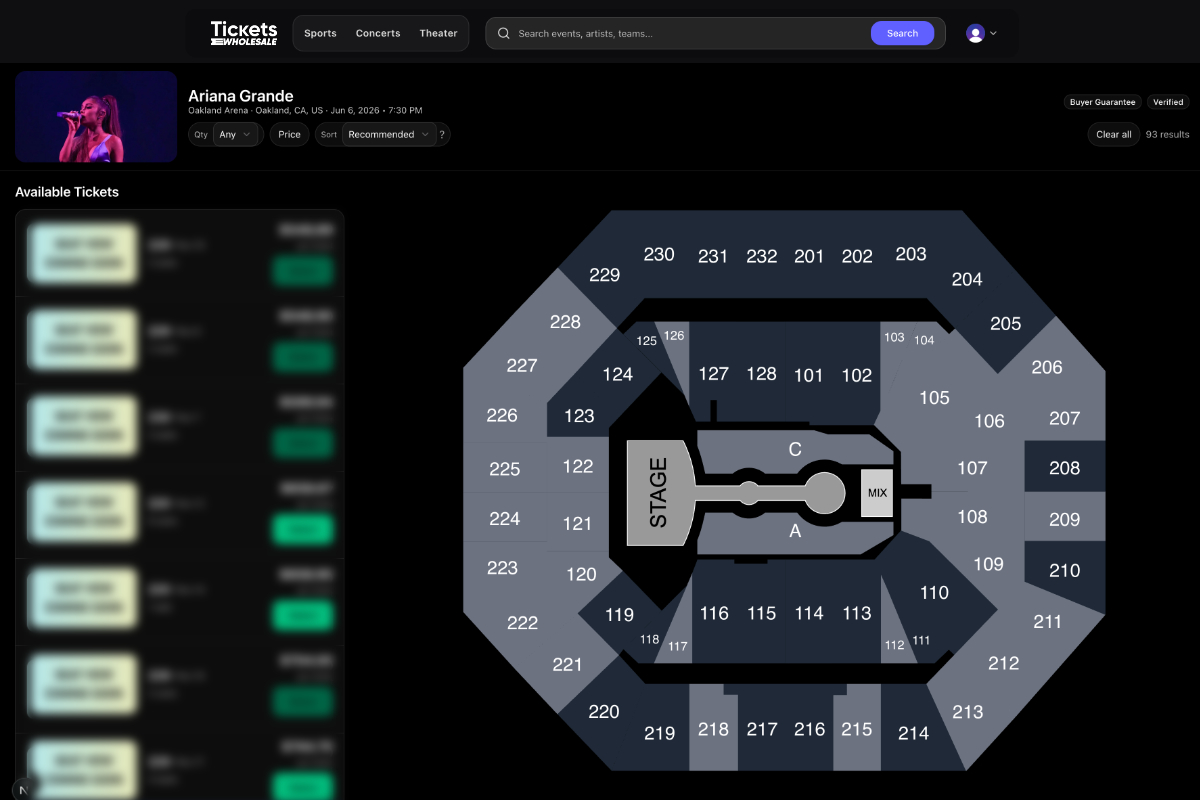How Ticket Brokers Scale Inventory Sourcing in 2025

Scaling a brokerage in 2025 looks very different from even two years ago. Primary market dynamics, dynamic pricing engines, and supply-side fragmentation require a blended sourcing strategy that balances reliability, speed, and unit economics.
1) Diversify supply: treat sources like an asset portfolio
Relying on a single channel (e.g., box offices or one aggregator) increases risk and constrains margin. The top-performing agencies run a multi-source mix tuned by event archetype and time-to-show.
- Direct primary: presales, memberships, and on-sales with tooling to auto-queue, captcha-solve, and cart fast.
- Trusted B2B wholesalers: SLAs for section/row delivery, invoicing, and post-delivery support.
- P2P networks: vetted peer brokers with escrow or platform protections.
- Specialists: tour-specific or venue-specialist suppliers for hard-to-get inventory.
2) Optimize ROI with contribution margin, not just gross margin
Gross margin on the seat is table stakes. Add operational cost to the equation: payment fees, risk reserve, delivery costs, and support time. Model contribution margin per deal and set guardrails per category (concerts vs. sports vs. theater).
3) Speed and certainty beat perfection
For hot shows, the best price often loses to the fastest guaranteed fill. Codify rules for when buyers can autobook from pre-approved sources at thresholds (e.g., “Under $X over target? Fill immediately”). This prevents opportunity decay.
4) Playbook by event lifecycle
- On-sale window: automate queue entry, pre-saved profiles, card routing, and carting logic.
- Price discovery period: track comp sets and liquidity. Small test buys validate demand signaling.
- Inside 14 days: prioritize confirmed-instant delivery sources to reduce customer anxiety.
- Inside 72 hours: only purchase if delivery and transfer are programmatically verified.
5) Supplier scorecards and SLAs
Maintain a simple scorecard: fill rate, on-time delivery, mismatch rate, and net cost after issues. Share SLAs with partners and review quarterly. Reward consistency with faster POs; demote sources with repeat misses.
6) Payments, fraud, and reconciliation
Use multiple BINs and issuers to distribute risk, plus 3DS where appropriate. Reconcile supplier invoices to POs daily and tie to event IDs. Automate most checks; keep humans for exception handling.
7) Compliance and customer experience
Be crystal-clear about seat attributes, transfer method (mobile transfer vs. PDF), and delivery ETA. Comply with jurisdictional regulations and platform policies. Consistency here compounds repeat business.
Top broker tip: “Speed, certainty, and honesty win more repeat deals than squeezing the last 2% margin.”
A simple weekly ops cadence
- Monday: review past-week mismatches and delivery breaches; update supplier statuses.
- Mid-week: calibrate pricing bands by vertical; adjust autobook thresholds.
- Friday: plan on-sales and set staff coverage; confirm BIN capacity and cash float.
With a portfolio approach and disciplined operations, you can scale sourcing without scaling risk.


